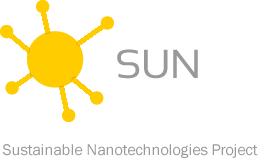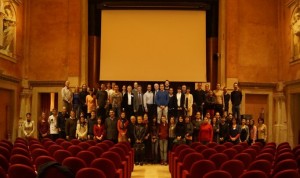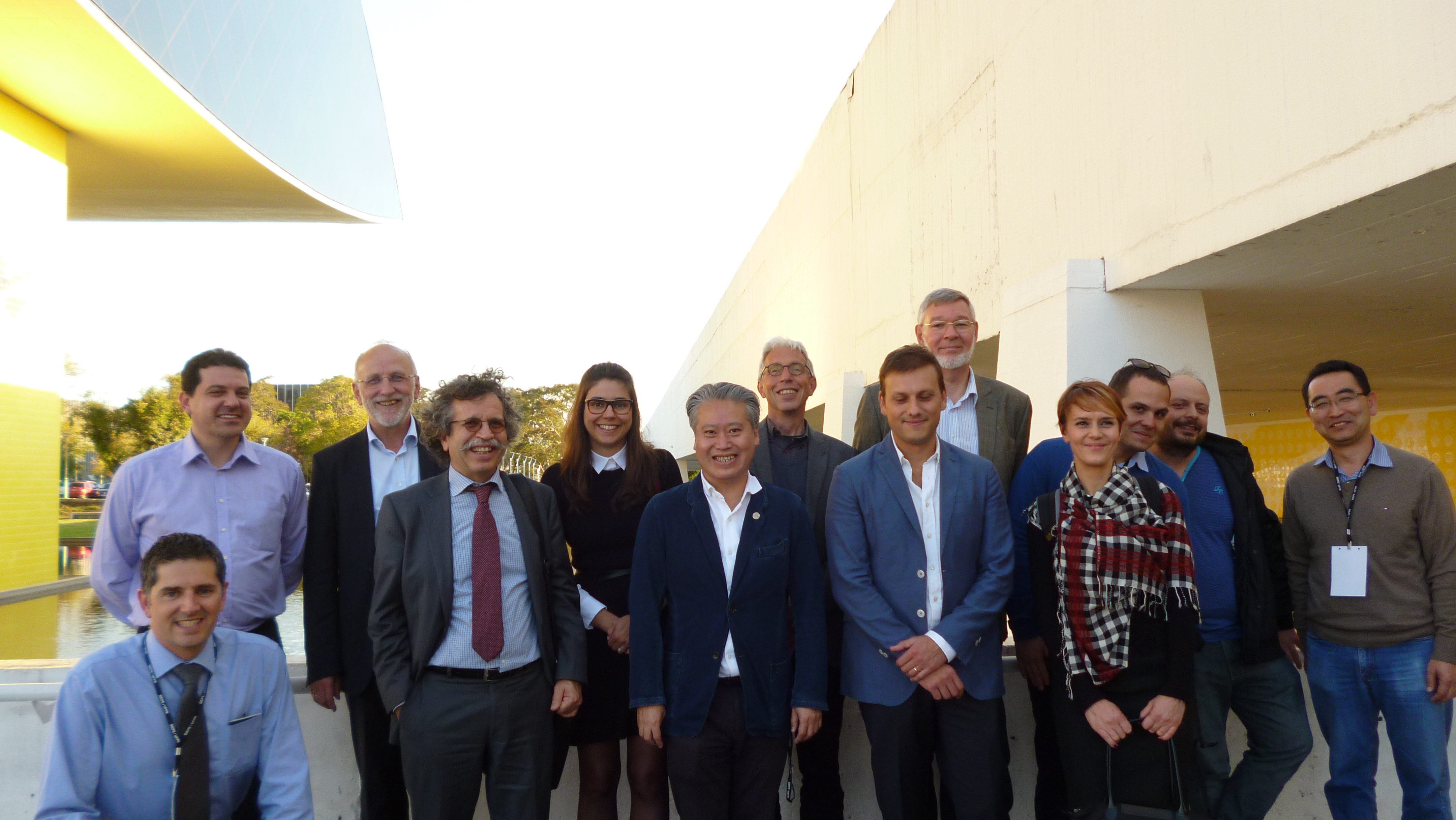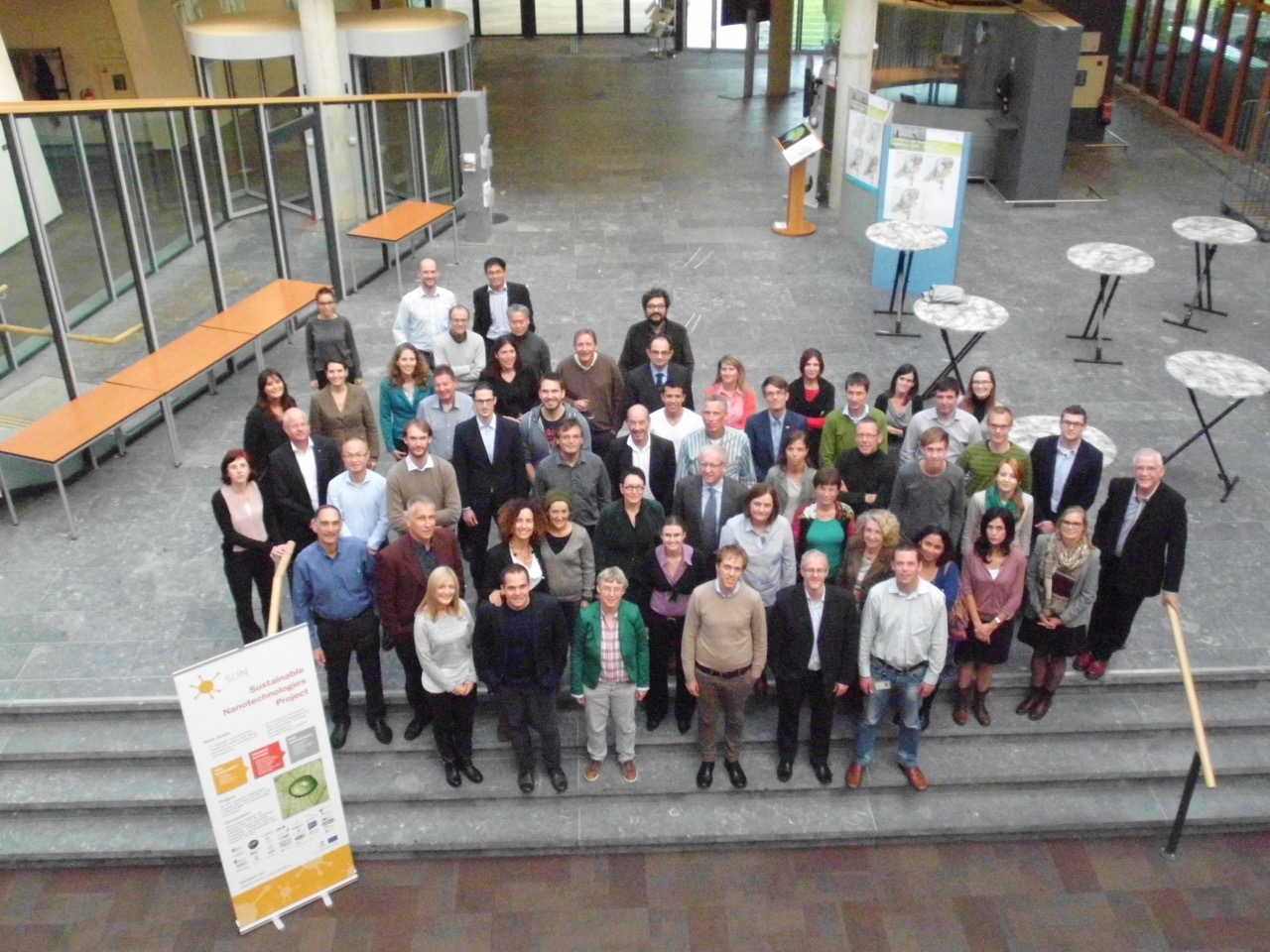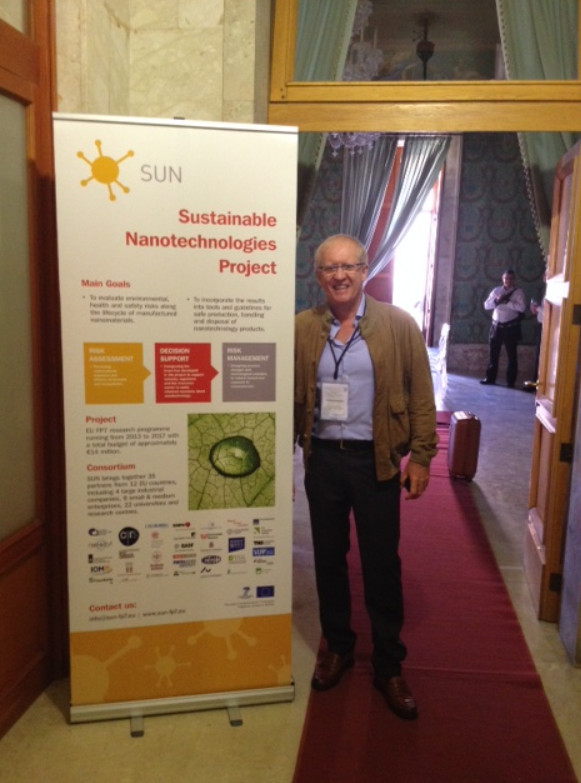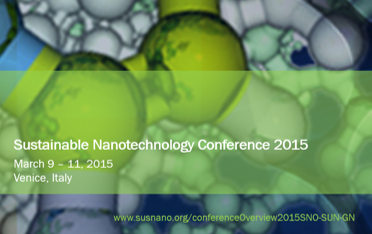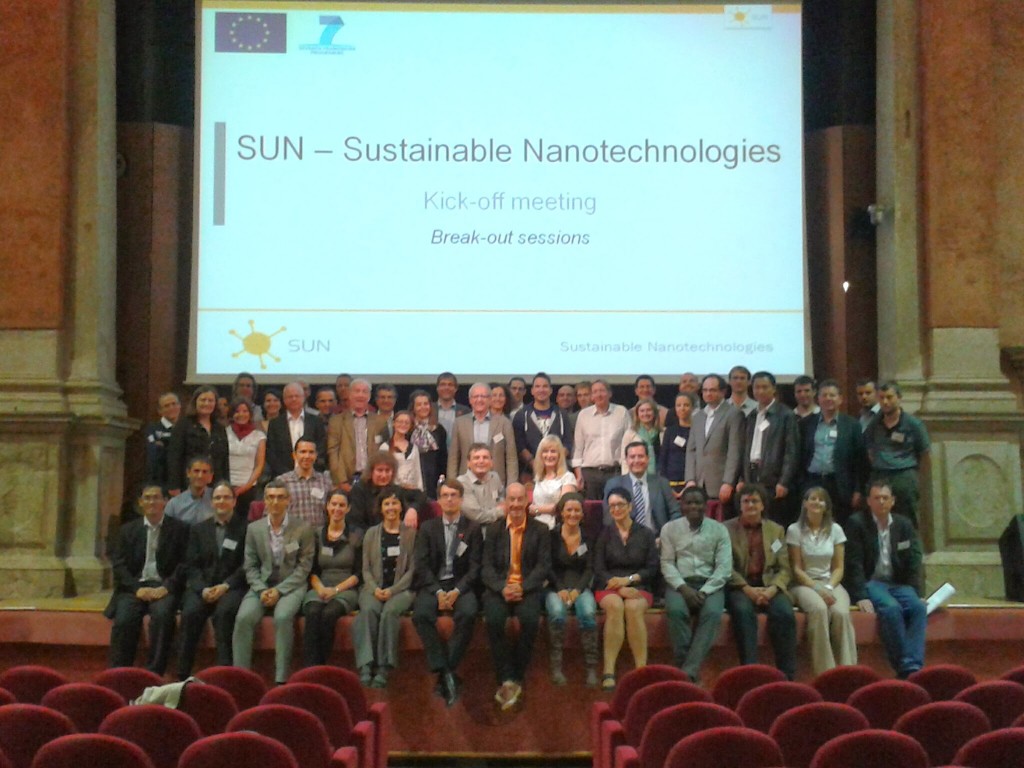The SUN project hosted successful week of events on 9 -13 March 2015
The EU FP7 SUN project has successfully hosted a week of high ranking, international nanotechnology events in Venice on 9 – 13 March, 2015.
The week started with the Sustainable Nanotechnology Conference 2015 – A joint EU-US Conference, with over 140 participants coming from all over Europe, United States, Jordan, Russia, Egypt, Nigeria, Turkey, Taiwan, Brazil and South Korea and speakers chosen among the most prominent experts on environmental, health and safety (EHS) implications and sustainable application of nanomaterials. Organised by the major European FP7 projects SUN (Sustainable Nanotechnologies), GUIDEnano and the US Sustainable Nanotechnology Organisation SNO, the conference not only proofed successful international collaboration, but also gave young researchers a chance to learn from the leading experts in the field. The work of three of those young researchers has been financially rewarded by the ‘Nano Pitch’ Best Student Award, sponsored by the Italian instruments distributor Alfatest.
“The Sustainable Nanotechnology Conference 2015 was an excellent forum for nanosafety scientists to meet colleagues from industry and regulatory agencies and to present and discuss their research findings in the broader context of sustainability. The sessions and plenary speeches disseminated excellent scientific results, which will certainly have significant impact on the European objectives for safer and more responsible nanotechnology innovation,“ commented Danail Hristozov, the Principal Investigator of the SUN project, which sponsored the event.
The week continued with the MARINA – NanoMICEX – SUN Knowledge Foundation Workshop on the 11th March 2015, which highlighted the results achieved in the two FP7 projects MARINA and NanoMICEX and discussed how they will be used in SUN in order to create synergies increasing the projects’ impact.
The busy nanotechnology week concluded with the EU-US Communities of Research: Bridging Nano-EHS Research Efforts Workshop, held from 12th to 13th March, which was opened by the host Prof. Antonio Marcomini, the Director of the Department of Environmental 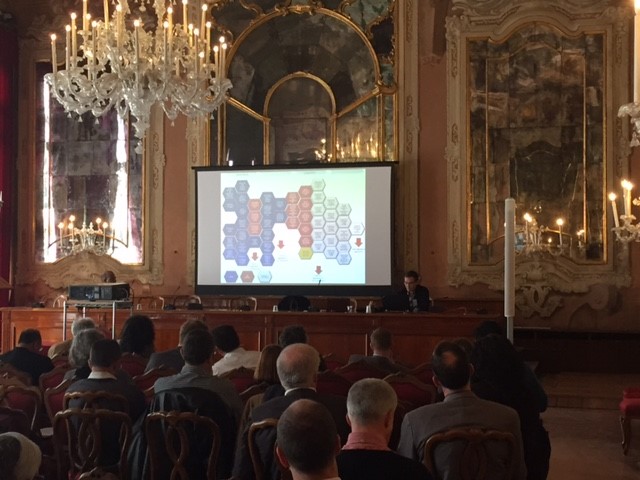 Sciences, Informatics & Statistics of University Ca’ Foscari Venice. Co-organised and supported by the US National Nanotechnology Initiative and the European Commission, this fourth joint workshop promotes and deepens the collaboration on nanotechnology environmental, health, and safety (nanoEHS or nanosafety) research. The workshop brought together the EU-US Communities of Research (CORs), launched by the European Commission and the United States in 2012.
Sciences, Informatics & Statistics of University Ca’ Foscari Venice. Co-organised and supported by the US National Nanotechnology Initiative and the European Commission, this fourth joint workshop promotes and deepens the collaboration on nanotechnology environmental, health, and safety (nanoEHS or nanosafety) research. The workshop brought together the EU-US Communities of Research (CORs), launched by the European Commission and the United States in 2012.
Workshop participants reviewed progress toward COR goals and objectives, shared best practices, and identified areas for cross-COR collaboration.
For further information about the SUN project see: www.sun-fp7.eu
About SUN
SUN – Sustainable Nanotechnologies Project – an EU FP7 project, aiming to develop strategies for safe production, handling and disposal covering the complete lifecycle of nano-enabled products and to include the results into practical guidelines for industries.
